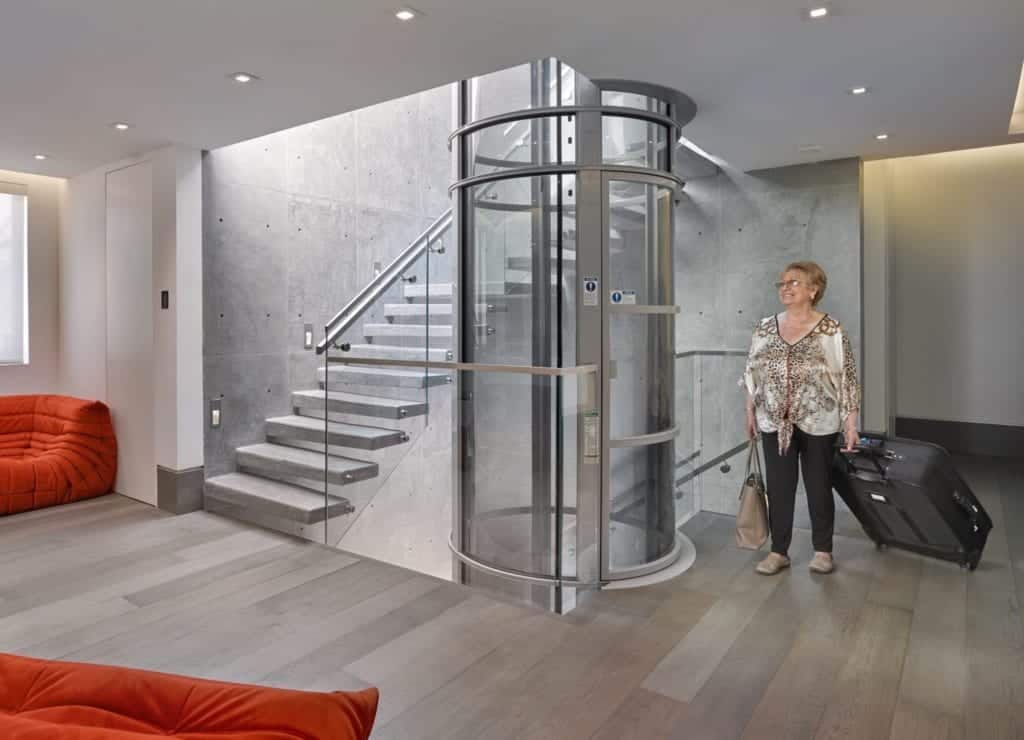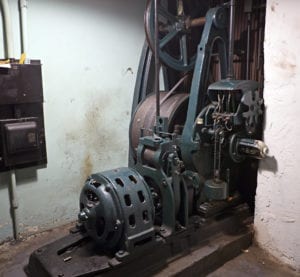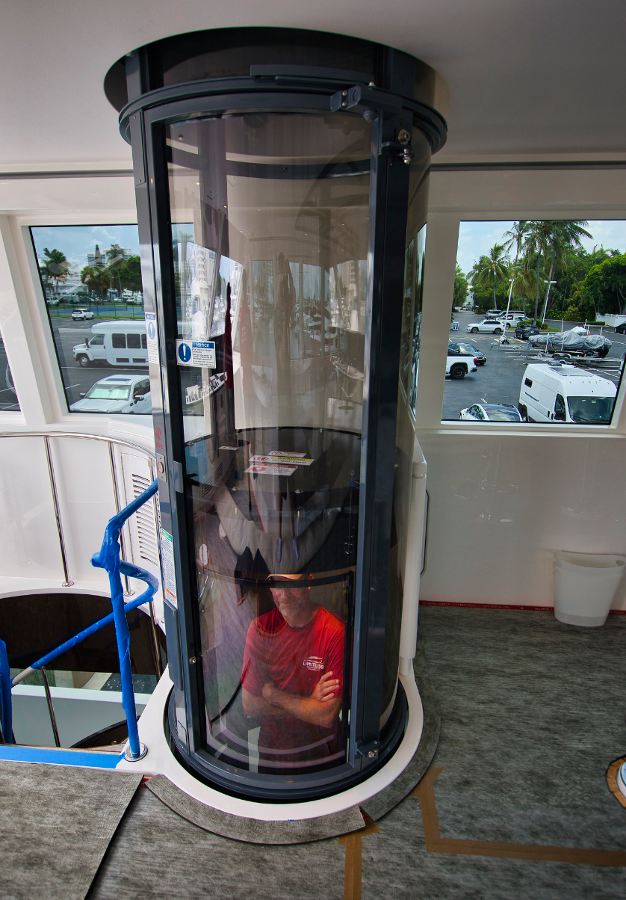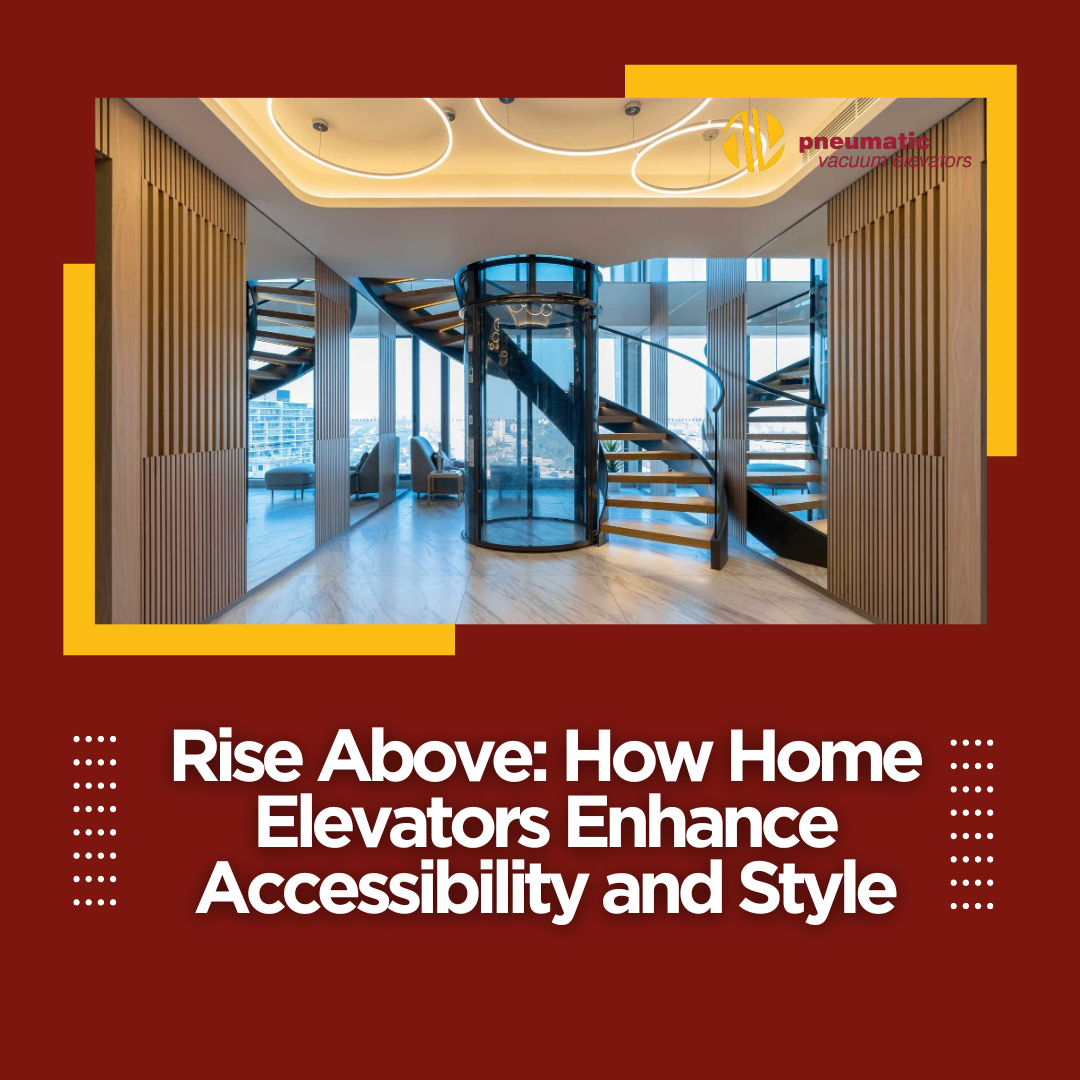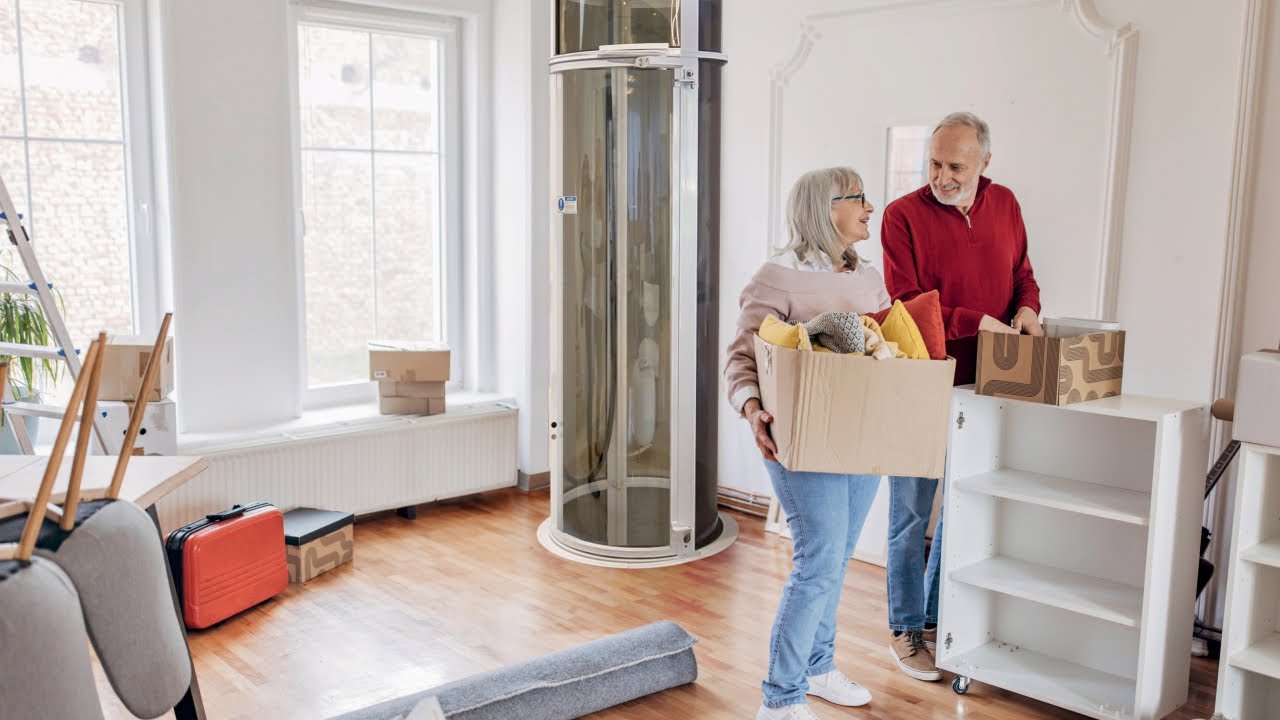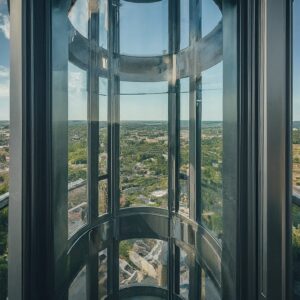What are Residential Elevators?
Not to be confused with home lifts, residential elevators are utilized to access two stories or more in a home residence. Most residential elevators, not all, require a shaft, pit, or machine room. Generally speaking, residential elevators are able to hold more people, weight and have big cabs. A traditional residential elevator can typically require more site construction. However, contemporary designs of residential elevators less home construction due to the assortment of structures and development alternatives. Finally, there is no other equipment that gives the stability, safety and efficiency of accessing multiple floors than a residential elevator.
Types of Residential Elevators
1. Winding Drum Systems
Winding Drum frameworks have thick cables utilized to hold up the elevator cab. They utilize a deep rooted idea dependent on a spinning winch. The link twists through the drum, as a result, raising and lowering the cab via an electric motor. At the top of the elevator is the drum housing. At the base is the engine. This brings a more pleasant, softer ride. Moreover, the cables require yearly upkeep and change every five years.
2. Roped Hydraulic Residential Elevators
The Roped Hydraulic driven residential elevator merges the upside of a water powered framework with the ease of roped ones; consequently, roped hydraulic elevators are based around a hydraulic pump. Joined to a hoist is a piston. Next, steel cables tie down at the floor of the shaft. Steel cables extend around the pulley. Joined to the base of the L-shaped sling on which the cab sits. Consequently, a framework of this nature commonly needs a devoted machine room which is placed inside the residence.
3. Chain Driven Counterweight System
A huge chain is utilized to move torque from the engine using an arrangement of gears (like a bike). Thus, the chain empowers the elevator cab to go move up and down with ease. It does not need a machine room. In conclusion, the chain-driven residential elevator regularly utilizes a stabilizer.
4. Inline Gear Chain System
The inline gear framework is an enhancement on the core chain drive idea by putting the engine above the shaft. Instead of the motor assembly above the cab. This permits less headroom on the shaft. Development costs are lower. Also, giving quicker access to emergency controls outside the cab. Subsequently, this framework is more secure than conventional chain driven frameworks.
5. Gearless Traction Elevators
Gearless Traction Elevators are energy proficient residential elevators that join cables of a winding drum framework with the stabilizers of a chain drive. They are found in places of business.The cables are connected at the top of the elevator cabin, furthermore, they are connected in special grooves. Lastly, opposite cables are linked to a stabilizer that moves up and down, creating ascent and descent.
6. Vacuum Residential Elevators
Vacuum Elevators are the most recent development in residential elevator configuration. At first, they work by utilizing turbine engines and valves to produce regions of higher and lower air pressure. Vacuum Elevators LLC. are the one and only maker of air driven residential elevators. They require no destructive oils or ointments to work. In addition, they require no pre-construction or shaft, pit or machine room. 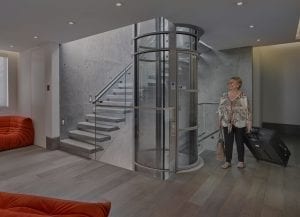
Additional Resources
Buyer’s Guide To Residential Elevators
Vacuum Residential Elevator

